-
Posts
818 -
Joined
-
Last visited
Content Type
Profiles
Forums
Gallery
Events
Posts posted by woodrat
-
-
I think the colour is very good - it points up many detals that would otherwise be missed in a darker vessel, and the contrast is in keeping with the original Trombetta picture - and I find it interesting that the deck beams and the wales aren't in line with each other near the bow, just as in the Trombetta picture.
The fact that the beams cross the wales confirms to me that Zorzi Trombetta drew his sketch from life and probably while the nave was in drydock( hence the unplanked area between the main wales). This is one of the reasons that I chose this sketch as a basis for a model. Most other paintings are by professional artists interested in aesthetics whereas Zorzi was primarily interested in recording the craft of shipbuilding.
Doreltomin. Thanks for the scholarly breakdown on the derivation of Carrack, with which I substantially agree. However, when you say: "The nao being primarily a merchant vessel while the carrack was primarily built for war", it does not take into account that in the late middle ages, mediterranean round ships ( naos or naves or nefs) were sometimes hired or recruited as warships even though they were built as merchant vessels. This is because it was soon realised that the high freebord of the round ship was a great protection against the low slung galleys of the corsairs. Only later were purpose built round hulled warships developed. It is a fascinating topic, isn't it?

Dick
- mtaylor, Vivian Galad and Doreltomin
-
 3
3
-
-
First I want to say thank you for your comments and your help
Dick, so I need to rejuvenate the false sternpost, the sternpost and the knee, is that right? ore only the knee, I have already glued everything together.......... now I have a problem


nil desperandum, Tom. No need to remake the knee. Much as Karl has shown, after you have completed and fitted the transom timbers, fashion piece and last 2 frames, simply fit some timbers below the lowest transom beam and shape them in situ with your friendly Dremel drum sander. Dick
Another point. Please note there is a step at a slightly lower level for the step of the forward half of the full frame. It also has a hole for a dowel. You do not appear to have done this.

- Elmer Cornish, Jeronimo, mtaylor and 1 other
-
 4
4
-
-
- cpt. Tom, Elmer Cornish, dgbot and 4 others
-
 7
7
-
Tom, I highly recommend that you construct frames to rigidly hold the stem and stern posts. also take care that the keel is held by wood planks which go almost up to the rabbet line of the keel. here are some photos of the ones I made
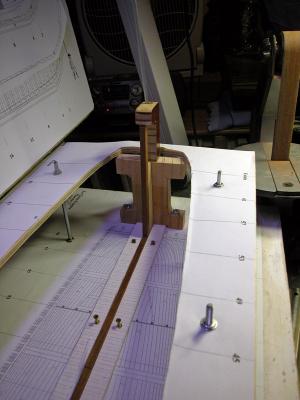 sternpost clamp. Note the allen key in the top of the clamp to tighten the bolt thereby holding the sternpost down.
sternpost clamp. Note the allen key in the top of the clamp to tighten the bolt thereby holding the sternpost down.This will reduce the risk of twisting of the hull over time
 :)
:)Dick
-
Tom, are you making clamps for keel, sternpost and stempost?
Dick
-
Many thanks, Christiano. At your suggestion I have renamed my log. S. Penzo's nave tonda is magnificent and puts mine in the shade. I have his book. I did try to contact Signor Penzo a couple of years ago but he did not answer the email. Maybe I should try again. One of my ambitions is to work up to a fully framed nave as S. Penzo has done. But it is a massive project. Perhaps I could do the Contarina I ship. At least the plans should be available. I will soldier on with the Trombetta nave tonda.
 Dick
Dick -
-
Thanks, Tom. I have been sidetracked onto another build but I hope to resume the Gros Ventre soon. There is limited room in the workshop.
Dick
-
-
Sorry, Steven. I cant access that link. But I think I know the image referred to. As you allude, many models of carracks underestimate the length of the mainyard which is made of two timbers fished together like lateen yards.
Here are some pictures showing the bracing for the transversal bitt. The bitt is not bolted in but is wedged in placed. This allows some slight movement of the bitt which protects the side timbers. It also allows removal of the bitt if required.
Dick
- mtaylor, Salty Sea Dog, tarbrush and 5 others
-
 8
8
-
-
-
These pictures show the transversal bitt in place although not fixed in place. These bitts were a typical feature of the carrack and were probably not meant to be rigidly fixed to the toptimbers. They were however quite massive.
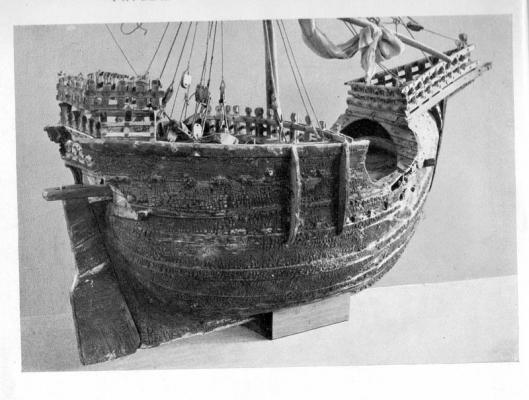 Here is a picture of the Mataro nao showing the transversal bitt.
Here is a picture of the Mataro nao showing the transversal bitt.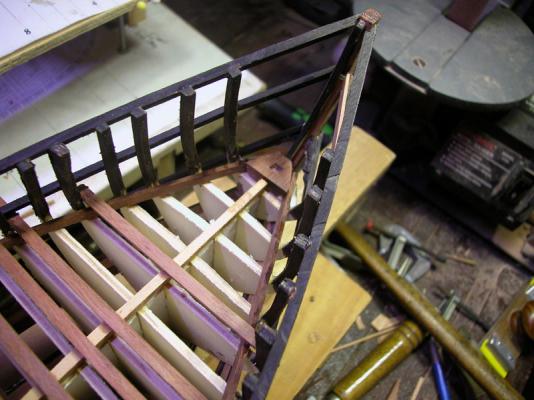 This shows the step for the foremast
This shows the step for the foremastDick
-
Thanks, Vivian and Steven. Here is the progress of planking to the level of the turn of the stringer at the outer end of the floors
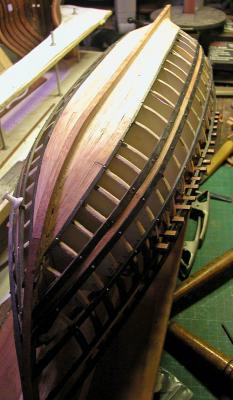 planking complete to first stringer
planking complete to first stringerHere is another similar carrack. Note the triangular topsail and the forward positioned foremast. I will base my rig upon this illustration
Dick
-
- druxey, Salty Sea Dog, captainbob and 10 others
-
 13
13
-
Maybe will be interesting photo of this model I take this summer in Maritime museum of Kotor, Montenegro
Model is based on ships used in Venetia, by famous middle age traders of Venetian republic
In Serbian/Croatian language, for this ship is used name "karaka" and you can google it for deeper research
Nenad
Thank you for the link, Nenad. The model shown is certainly a venetian carrack and is quite old. It looks somewhat like the carracks in Jacopo de Barbari's panorama of Venice.
Good idea to get information or pictures of models from Dubrovnik, Split and Rijeka. They, as you say, were on venetian trading routes for centuries. The Trombetta nave certainly would have visited them regularly.
Cheers
Dick
-
- druxey, hexnut, garyshipwright and 2 others
-
 5
5
-
Thanks Tarbrush, Bob and Nenad M. I am learning more and more about carracks. For instance, this carrack forecastle from late 15th century shows how the carpenters built the framework for their awning assymetric to allow for the foremast. This may explain the somewhat bizarre appearance of this framework on the Trombetta drawings. The position of the foremast also forced the positioning of the bowsprit to one side or other of the mast. These were no nonsense working ships and often aesthetics took second place to practicalities. also, as this illustration from the battle of Zonchio shows, round ships were often co-opted as warships in mediaeval times as their high riding hulls gave them a height advantage over galleys. Cheers, Dick
- mtaylor, Vivian Galad and druxey
-
 3
3
-
Thanks, Michael. Most kind in you. I certainly would recommend doing the longboat for your Wasa. I found the ship's boats a very satisfying part of the build and building it over a mould is easier than you think. Great work on the Wasa too.
Dick
-
-
I am unhappy with two things on my previous model:
1. the tumblehome aft of centre is insufficient
2. There is a more horizontal run of planking to the fashion piece and a more vertical run to the sternpost leading to a more complex shape to the stern.
I will modify the full hull version accordingly
Dick
-
I just posted this on Vivian's caravel log but I thought it might be useful to you too as a rigging reference..?
Dan.
Thanks, Dan. The original book is beyond my price range but there is a softcover reprint. What concerns me is that I am unsure whether my carrack had two or three masts. It was a large vessel so three seems more likely but the fact that the bowsprit is displaced to starboard suggest a foremast. However the framing for the awning on the forecastle suggests otherwise. What do you think?




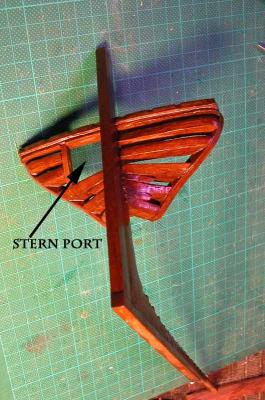
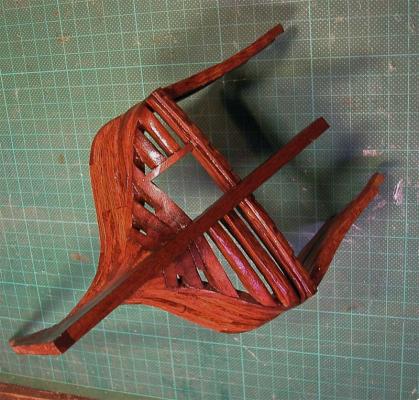
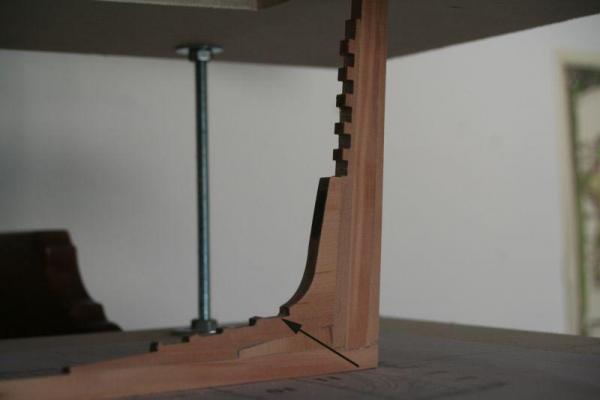
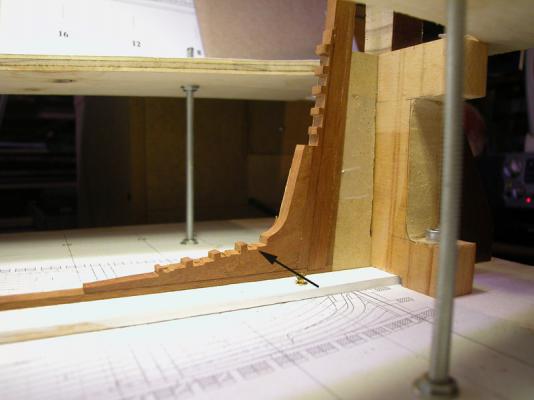
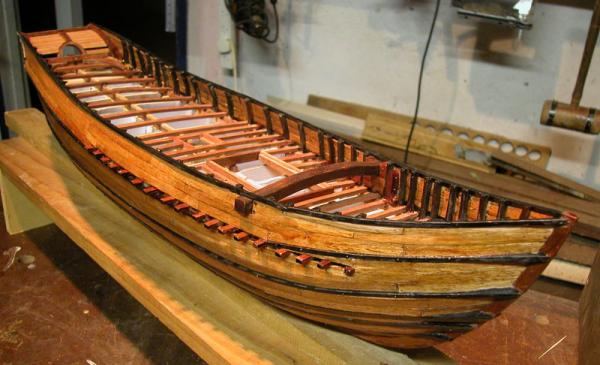
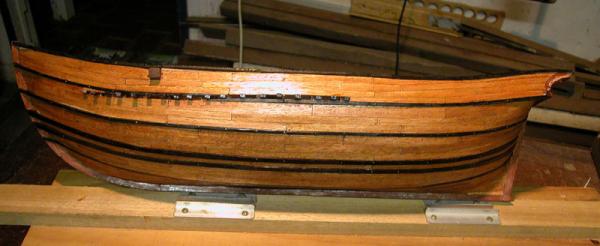
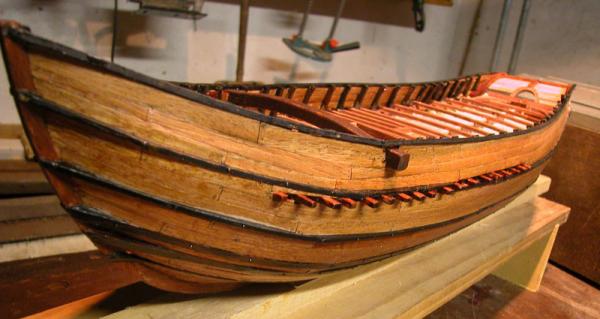
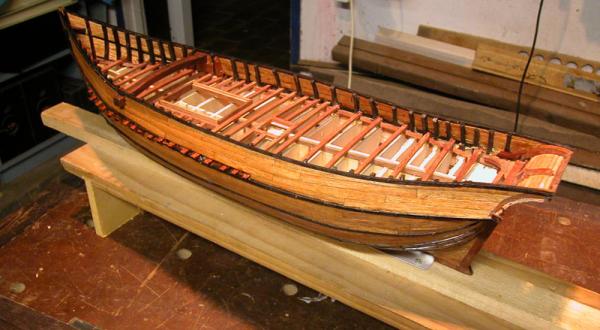
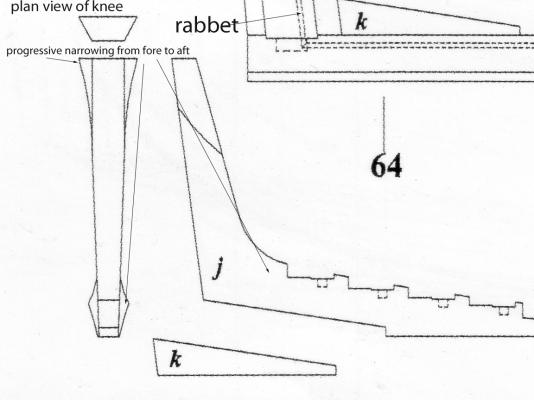
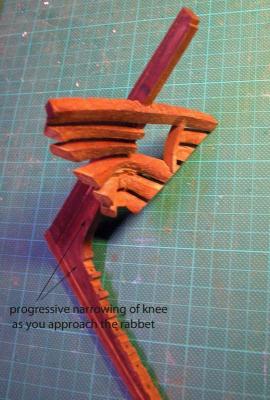
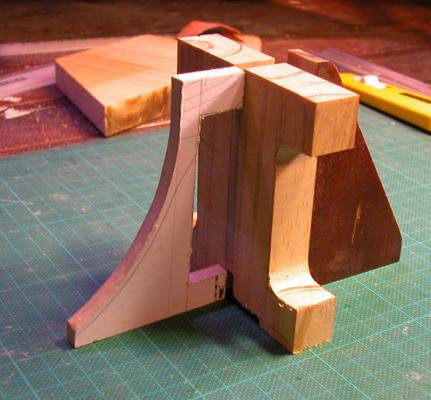
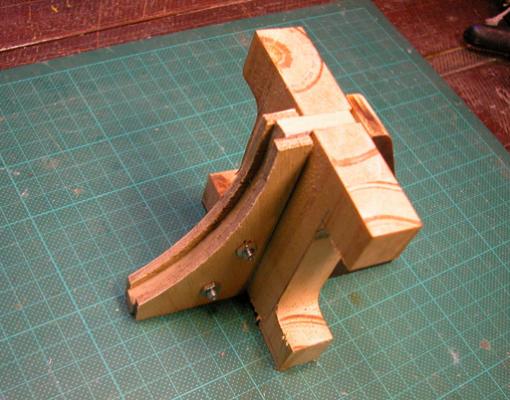
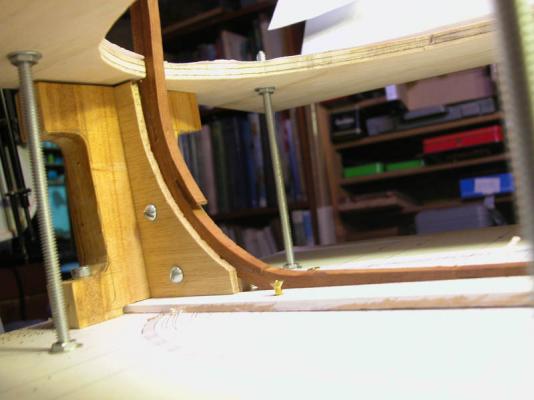
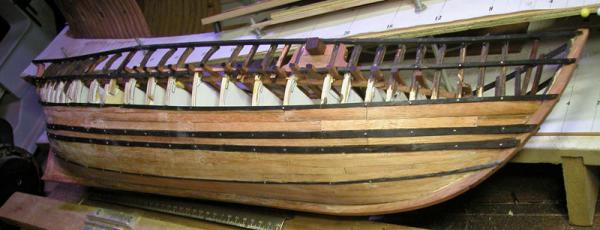
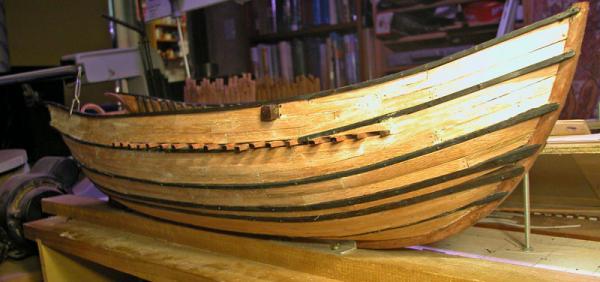
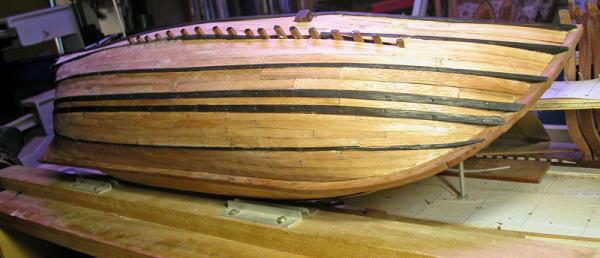
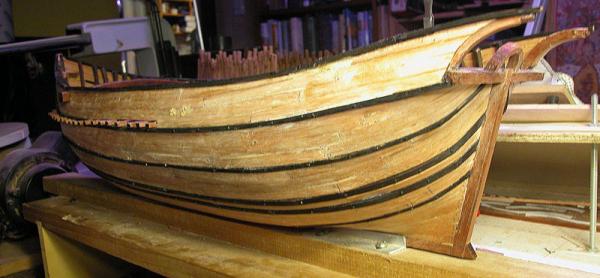
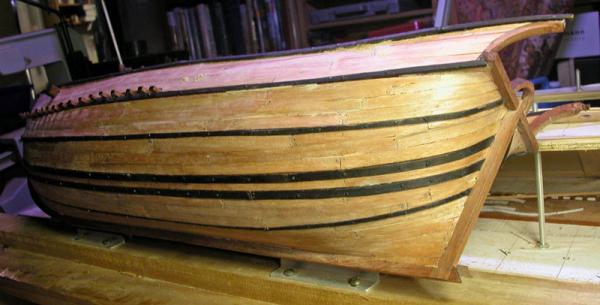
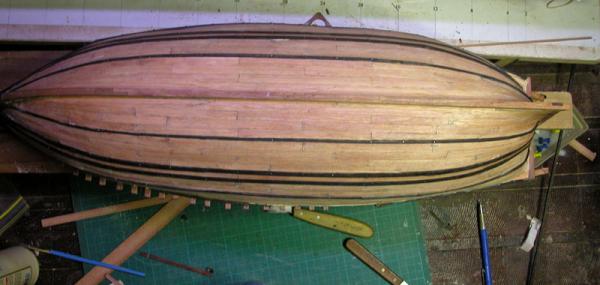
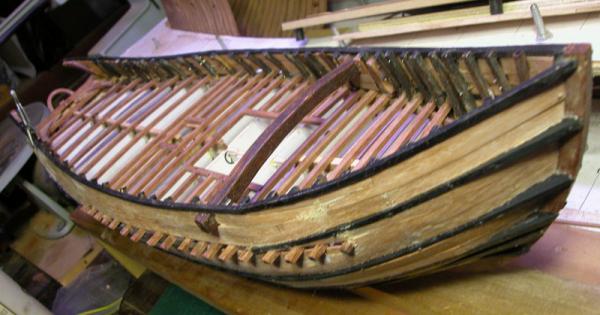
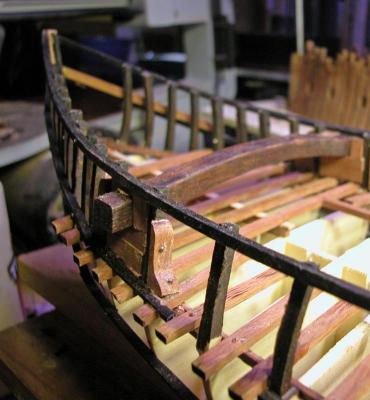
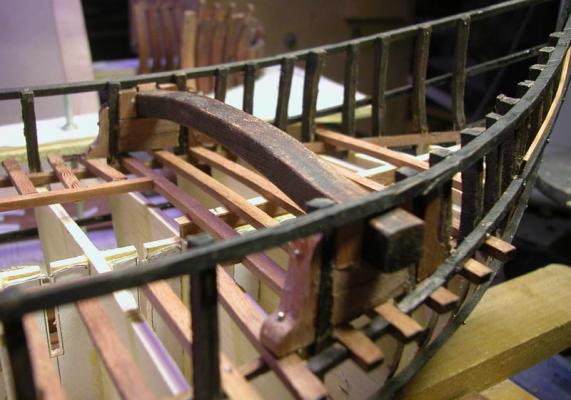
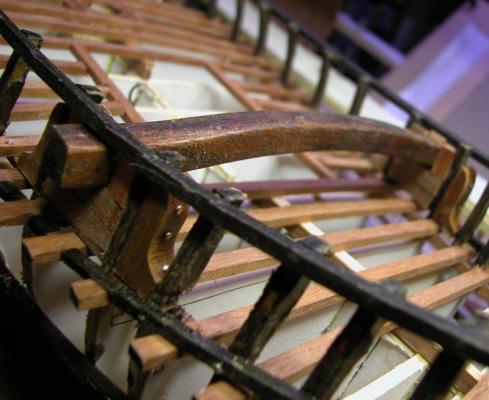
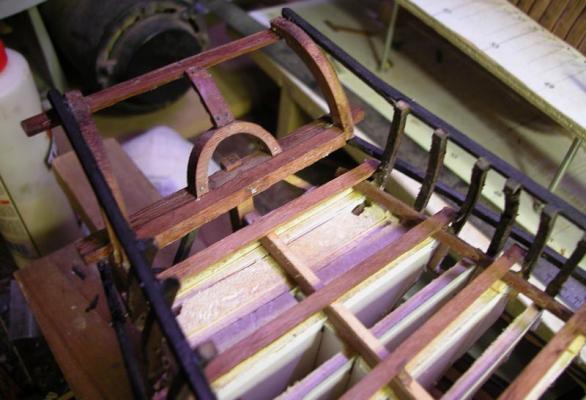
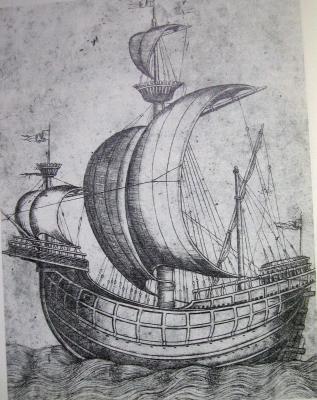
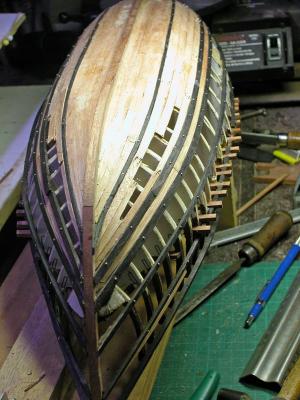
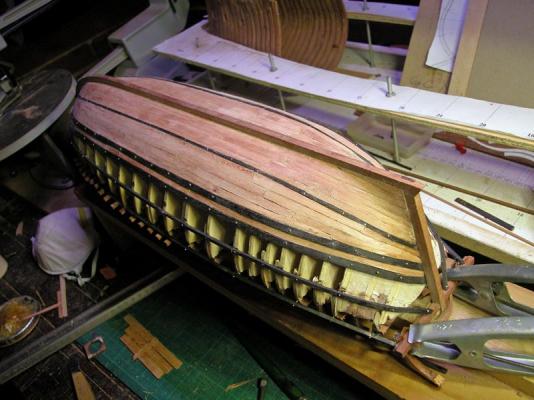
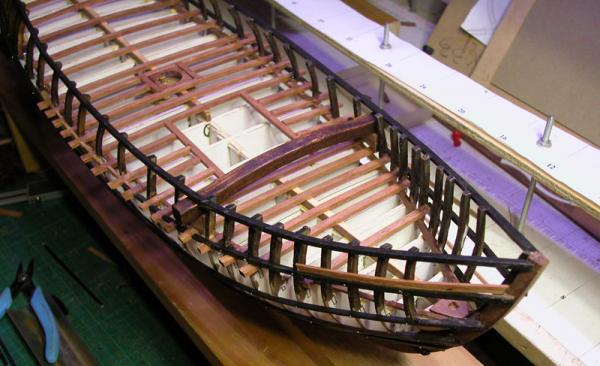
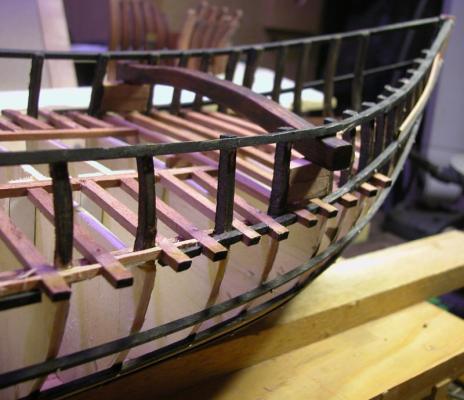
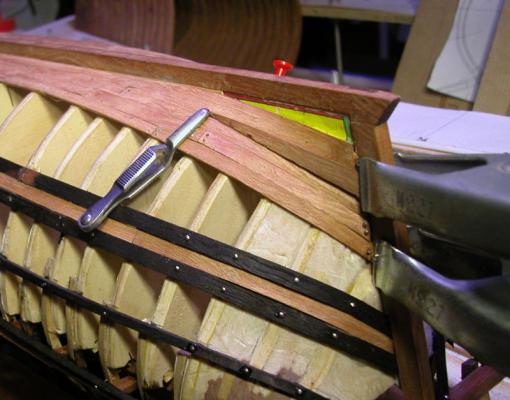
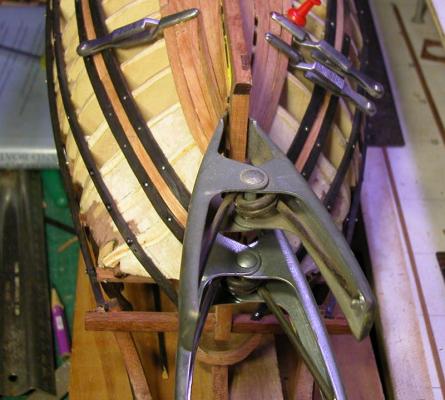
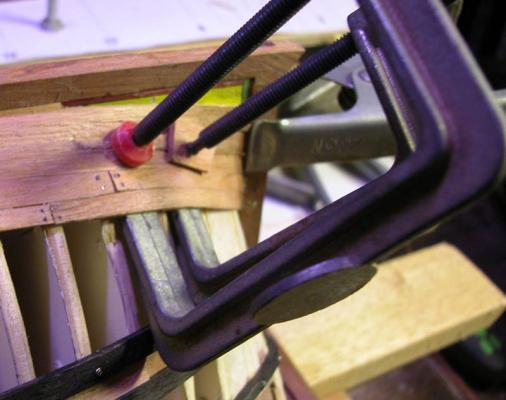
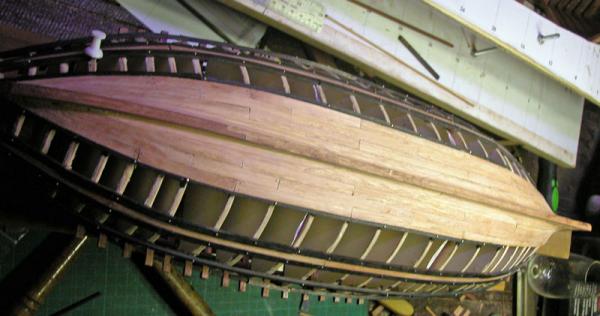
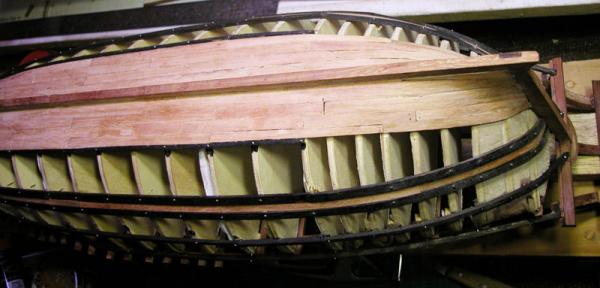

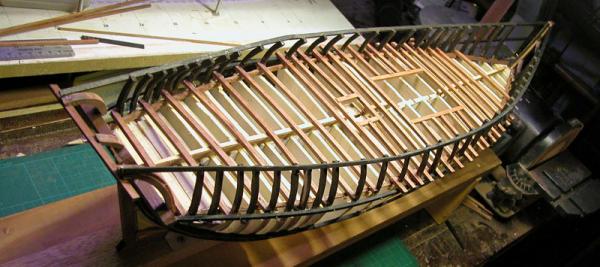
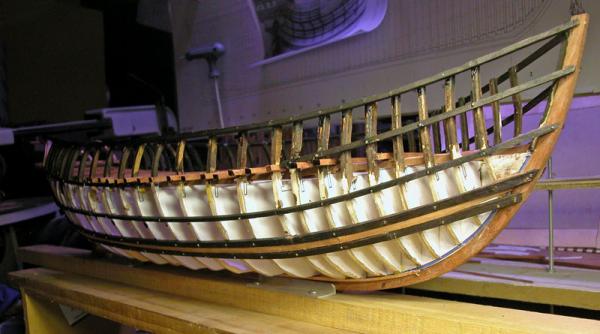
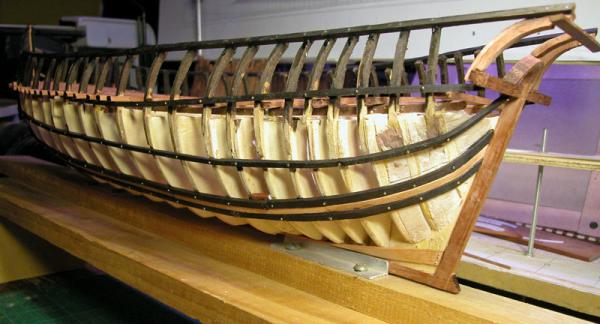
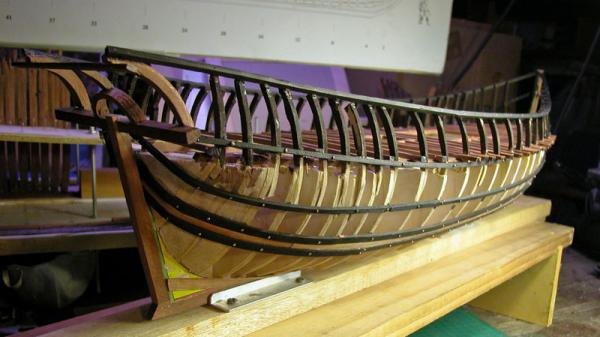
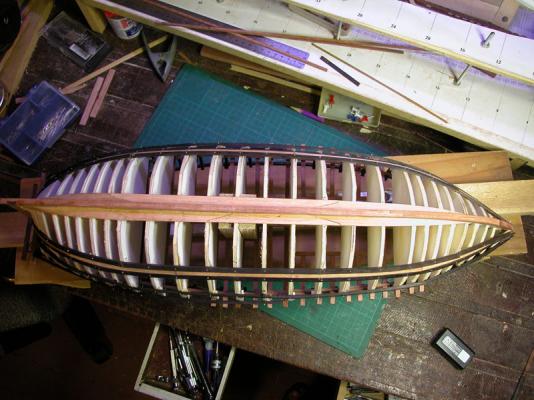
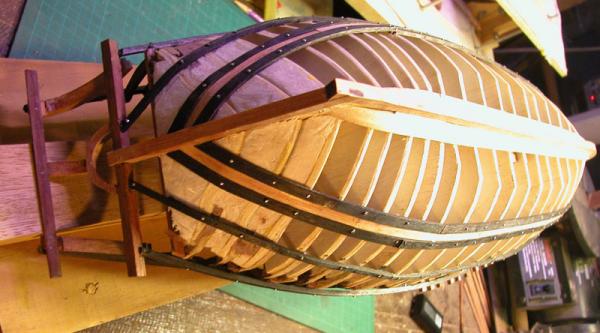
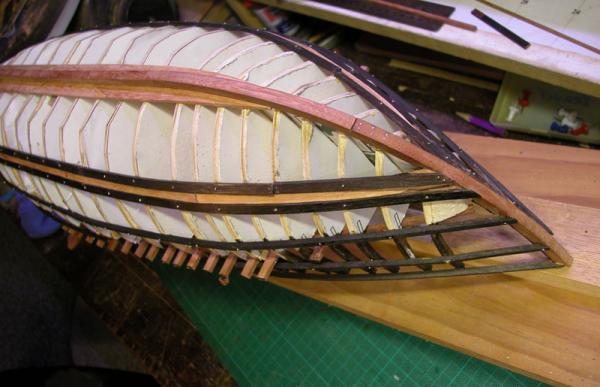
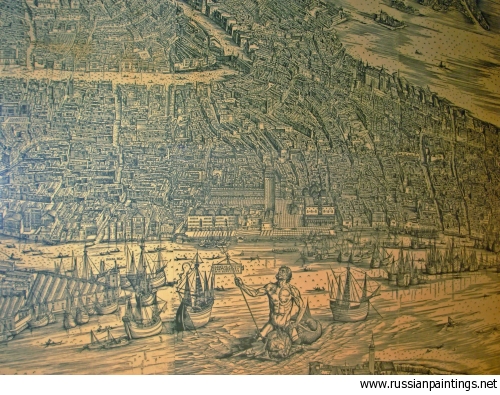
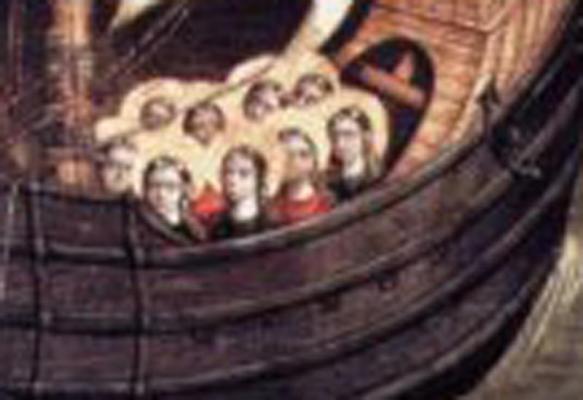

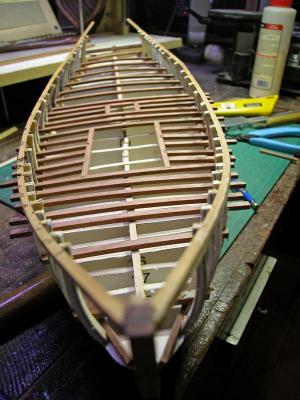
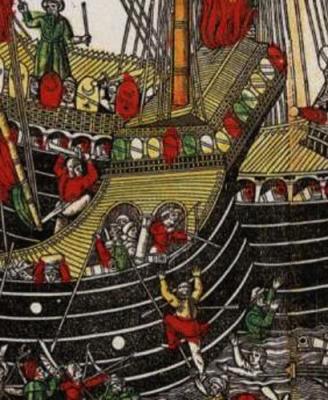
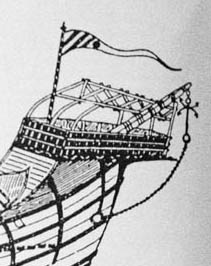
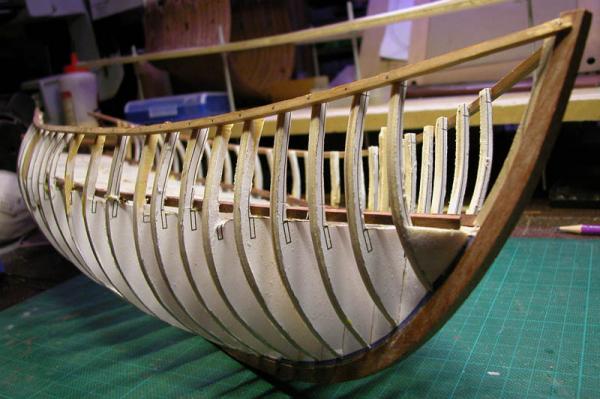

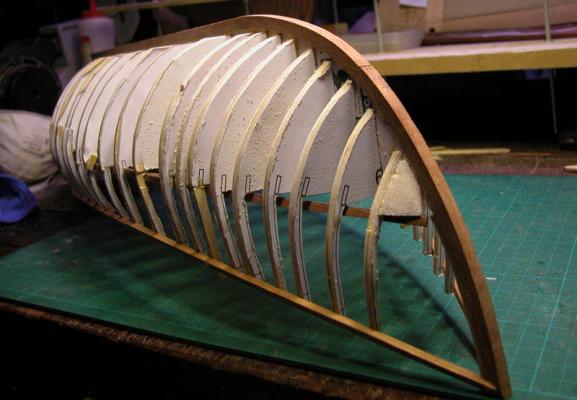
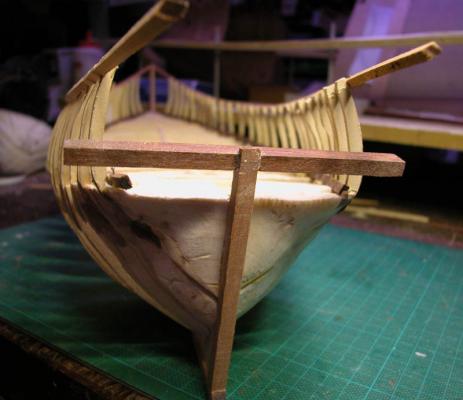
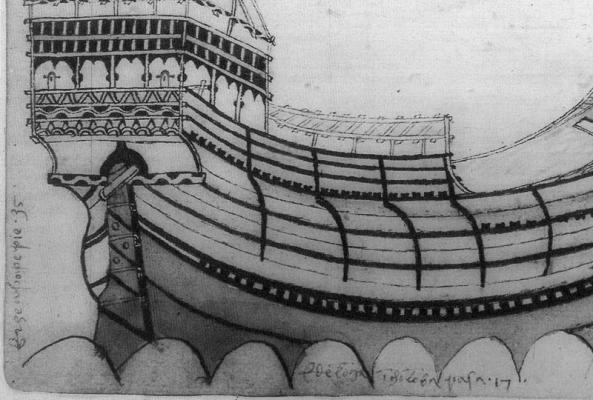
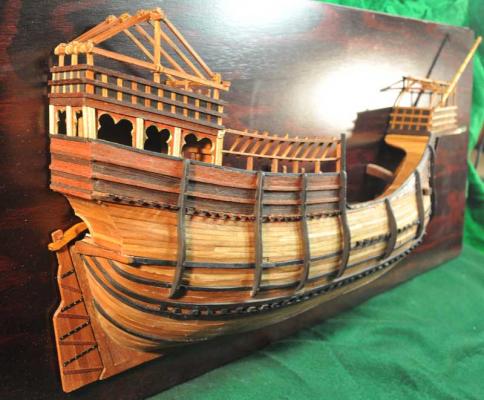
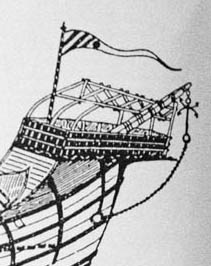
Le Gros Ventre - Gabare du Roi 1776 by cpt. Tom - 1/48 Scale
in - Build logs for subjects built 1751 - 1800
Posted
you have to do it yourself. Make the pieces oversize and Dremel them to shape. Dick